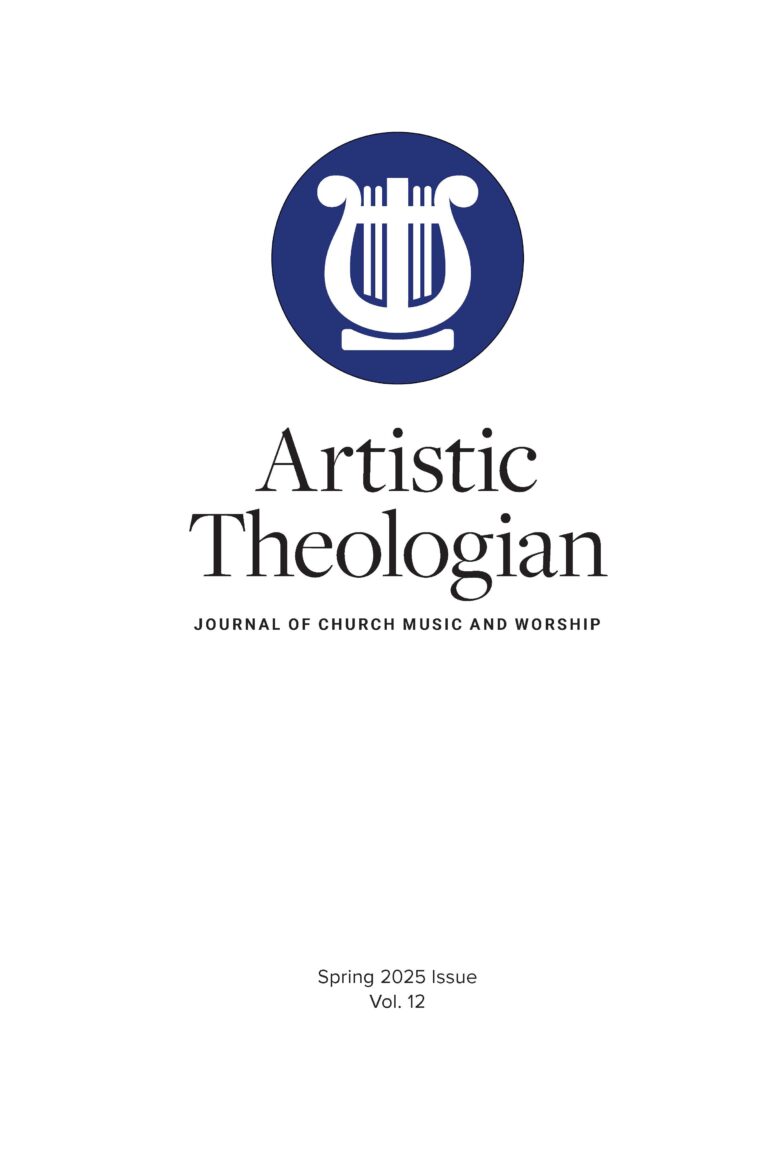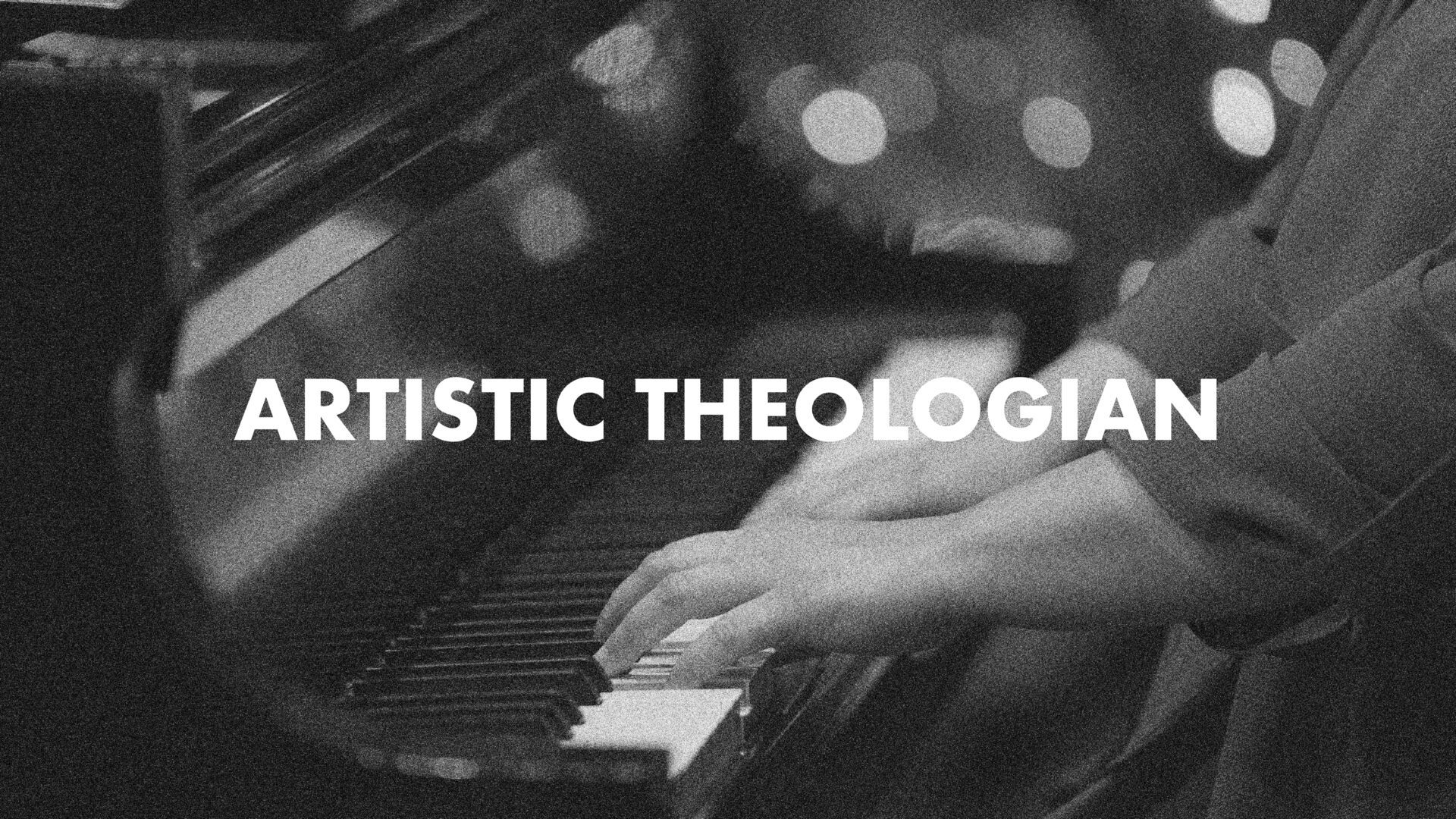
Cowden Hall’s Cornerstone Verse: Colossians 3:16
Artistic Theologian
Volume 12
Spring 2025
Editor: Joshua A. Waggener
Dueck, Jonathan. Congregational Music, Conflict, and Community. Congregational Music Studies Series. Edited by Monique M. Ingalls, Martyn Percy, and Zoe C. Sherinian. New York: Routledge, 2017. 208 pp. $54.95.
In Congregational Music, Conflict and Community, Dueck explores the dynamics of the “worship wars” within Christianity, particularly among Mennonite congregations, focusing on the role of aesthetics in shaping congregational music (4). The essence of Dueck’s argument is that the “worship wars” do not primarily revolve around satisfying congregants’ musical preferences or adhering to theological doctrines of a denomination. Rather, the conflicts center on the relationships and meanings forged through individuals’ experiences of singing in particular ways (i). Dueck presents his argument across seven chapters.
In chapter 1, Dueck outlines his research methodology—an immersive ethnographic exploration within Mennonite congregations in Edmonton, Alberta, Canada—along with his concept of the “aesthetics of encounter,” an aesthetics rooted in the conjunction of experience and memory (5). Chapter 2 delves into the complex dynamics of music, identity, and community among these Mennonite congregations, examining the concepts of “binding” and “loosing” within the context of Mennonite theology. It also discusses how these practices manifested during the Good Friday service on April 13, 2001, which exemplifies how these communities navigate their musical and theological differences while fostering a collective identity through corporate worship.
Chapters 3 to 5 investigate the musical worlds of the three Mennonite congregations that organized and performed the event, highlighting their unique approaches to worship music: traditional hymnody at First Mennonite Church (38–72), contemporary worship at River West Christian Church (73–99), and blended services at Holyrood Mennonite Church (100–123). These chapters reveal how musical practices reflect broader cultural and theological values.
In chapter 6, Dueck explores individual experiences within these congregations, showing how personal musical histories intersect with collective worship practices. It suggests that individuals construct their own meanings of music, often diverging from normative values upheld by their congregations (140). In chapter 7, the author reflects on changes in congregational music over time and considers the broader implications for Mennonite identity and church polity (151). Despite shifts in musical preferences and denominational affiliations, Dueck advocates for a nuanced understanding of musical aesthetics and style in shaping church worship (180).
Dueck’s approach is deeply rooted in participant observation, as he actively engages in worship services, rehearsals, and musical events, providing firsthand insights into congregational music dynamics. His commitment to in-depth interviews ensures rich qualitative data, offering personal narratives that illuminate music’s significance within individual lives and community contexts.
What sets Dueck’s research apart is its longitudinal perspective, spanning over a decade, which allows for a nuanced understanding of how congregational music practices evolve and interact with broader socio-cultural shifts. By weaving insights from anthropology, sociology, theology, and musicology, Dueck reveals how musical preferences and practices are tied to personal histories, relationships, and identities. Focusing on lived experiences rather than abstract debates, he highlights the importance of understanding music as a relational and meaningful practice within congregational life.
In chapter 2, the application of Erving Goffman’s theories of framing and George Lakoff’s conceptual frames to the analysis of musical practices is intellectually robust and methodologically sound (30–31). By employing these frameworks, Dueck adeptly dissects the ways in which different Mennonite congregations engage with and interpret musical genres, creating a vivid picture of the internal conflicts and identity negotiations that occur within this religious context.
In chapter 3, Dueck’s meticulous examination sheds light on the dynamics at play behind the scenes of hymn selection, offering readers a deeper understanding of the intricate interplay between music, worship, and community within Mennonite religious traditions (53–57).
As chapter 4 accounts, River West Christian Church balances contemporary worship music with traditional hymns, reflecting a commitment to both tradition and innovation. Led by a worship leader, the congregation stays current with industry trends while also creating their own songs. The chapter emphasizes authenticity and spiritual engagement in framing worship music as an encounter with the divine (95–96). Dueck skillfully navigates the interplay between global trends, local traditions, and individual expressions within contemporary worship music, providing readers with a nuanced understanding of its multifaceted nature at River West Christian Church.
In chapter 5, Dueck uncovers how Holyrood Church embraces diverse musical genres, highlighting ethnic identity through hymnals associated with specific Mennonite ethnicities and the nostalgic yearning for these songs. Moreover, Dueck portrays Christian identities as a product of choice and voluntarism, where individuals actively construct a community rooted in shared beliefs and values (119–20).
Chapter 6 not only distinguishes between role identity, associated with specific social roles or positions, and social identity (132), but also highlights the use of specific language and terminology unique to the Mennonite community in discussions about music (135, 145).
Chapter 7 shifts to conflicts and changes within Mennonite communities, examining debates about worship styles, declining enrollment in Mennonite schools, and the evolving relationship between worship and the world (151). The discussion on family and intergenerational bonding through family participation in choirs to foster relationships within the congregation (169) adds a valuable dimension to the overall analysis.
Overall, Congregational Music, Conflict and Community offers an immersive exploration of congregational music dynamics within Mennonite communities, presenting a nuanced understanding of the “worship wars” phenomenon. His use of ethnographic methods enriches the narrative with personal stories and qualitative data. Dueck’s engaging writing style and interdisciplinary approach make the book accessible to both scholars and general readers interested in religious studies and ethnomusicology. This comprehensive analysis of three specific communities sheds light on the complex nature of congregational music practices more widely, making it an essential addition to the literature in this field.





